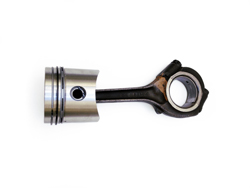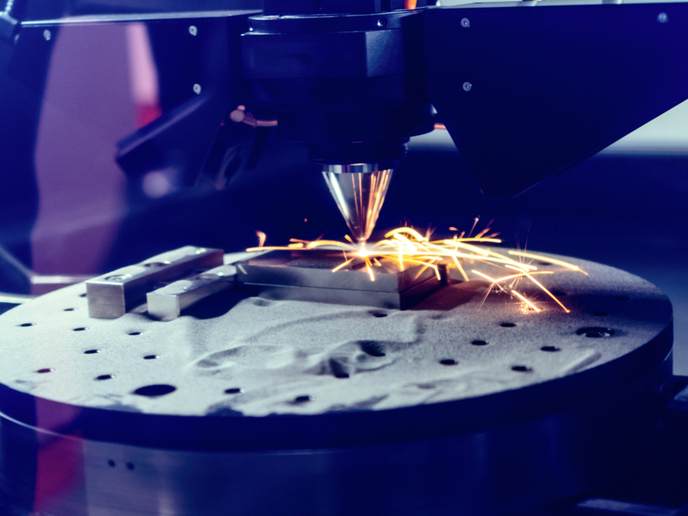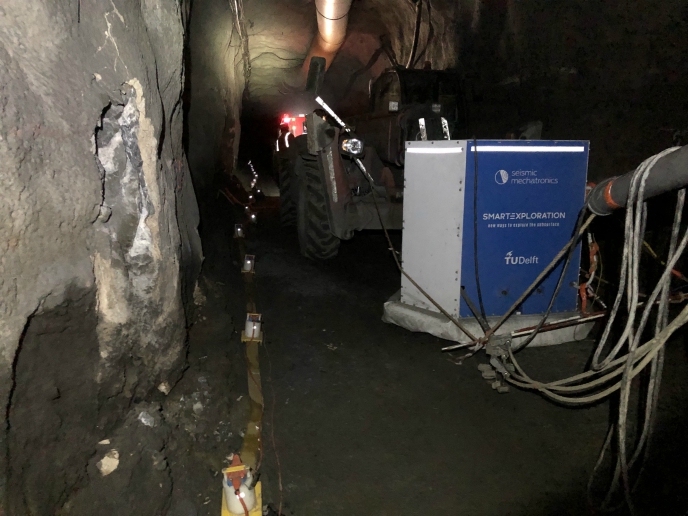Warm forging saves resources
Manufacturers of metal components employ forging processes to deform a piece of metal into a predetermined shape. Warm forging has become an attractive alternative to hot forming processes because of its reduced energy requirement and ability to produce higher quality pieces with reduced surface roughness and closer tolerances. However, it is currently limited in terms of the geometrical complexity of the pieces it can produce. Scientists initiated the EU-funded project 'Development of a variable warm forging process chain' (DEVAPRO) to enhance the flexibility of a previously developed warm-forging process. They replaced heat-treatable steels with low alloy ones for enhanced workpiece properties. They integrated a warm rolling preforming process, either hot cross wedge rolling (CWR) or forge rolling, to produce asymmetric geometries by passing a metal billet through a pair of rolls with uneven opening. An induction heating process was also integrated to reheat the rolled billets and compensate for temperature loss during the process. Together, the adaptations were designed to increase forge output, improve workpiece properties and expand the range of geometries produced. The team focused on components with long, flat geometries. Two demonstrators of the innovative warm-forging processes were produced. The first was a complete steering link-forging sequence with CWR, a variable induction heating system and die forging. The second was a complete connecting rod-forging sequence using forge rolling as the preforming step. Reduced temperatures in warm forging resulted in lower specific energy input and significantly lower thermal losses for less energy consumption compared to hot forging. Warm forging also resulted in important materials savings (greater than 50 %) due to much less scale formation. A definition of parts groups including descriptions of distinctive features will enable users to determine the compatibility of the warm-forging process with other parts of similar shape. DEVAPRO expanded the repertoire of components produced by promising warm-forging processes to include long, complex parts with asymmetric mass distributions. The energy and materials savings possible compared to conventional hot forging will be an important enticement for metal components manufacturers, particularly small and medium-sized enterprises working with small batch sizes.







